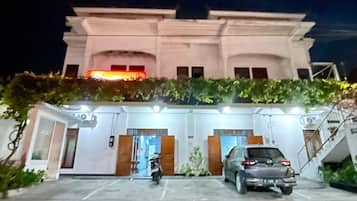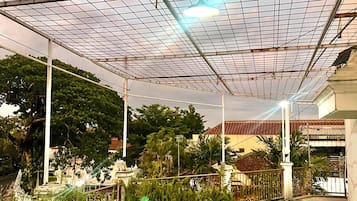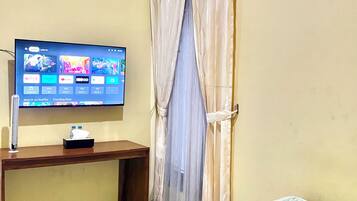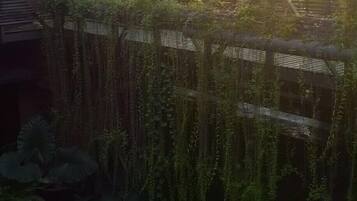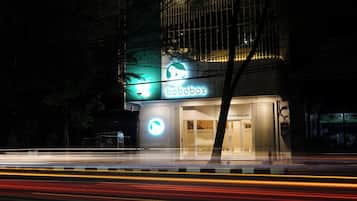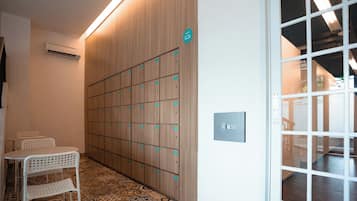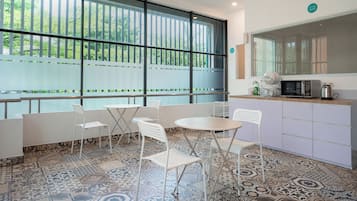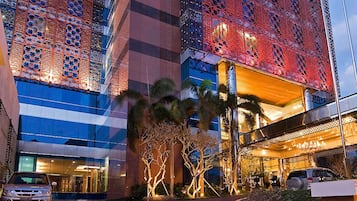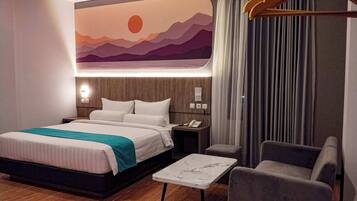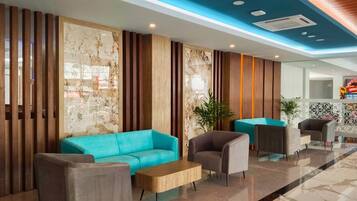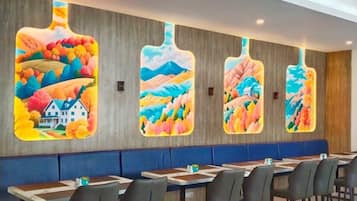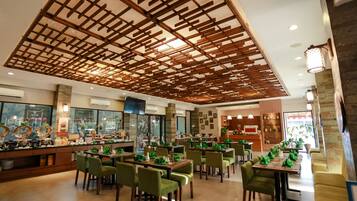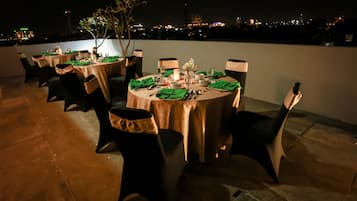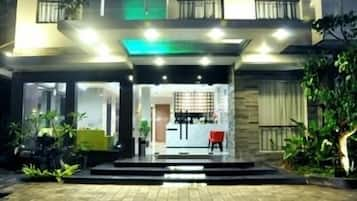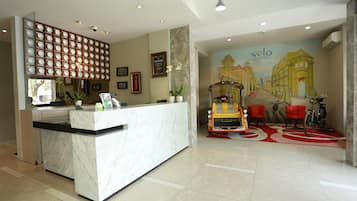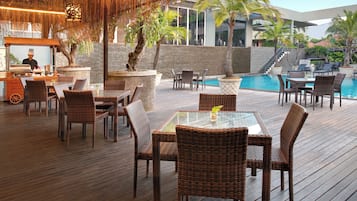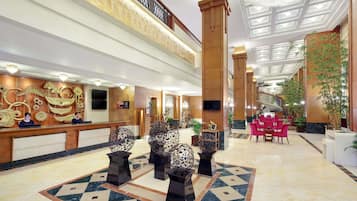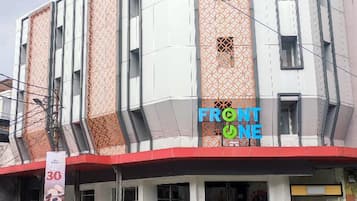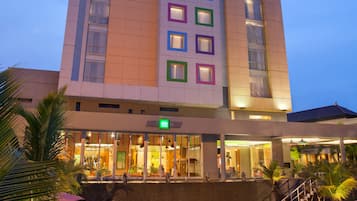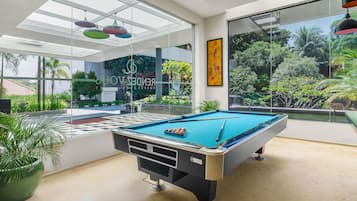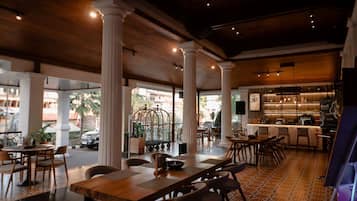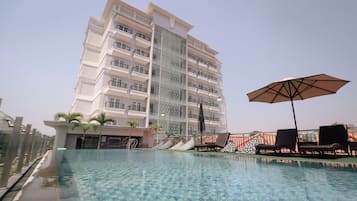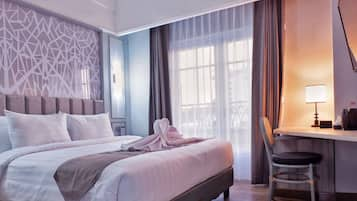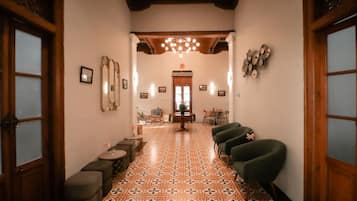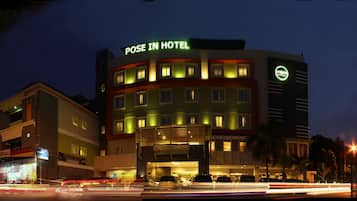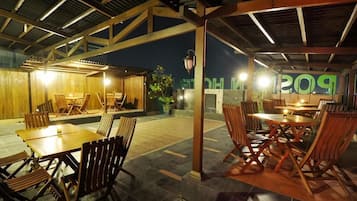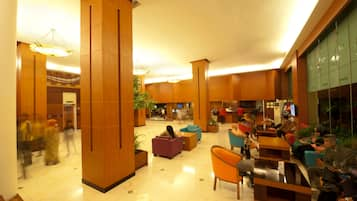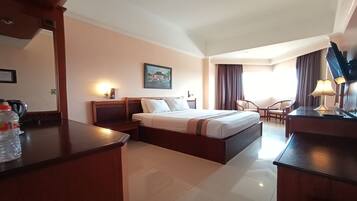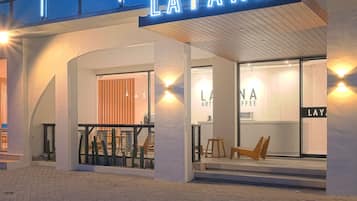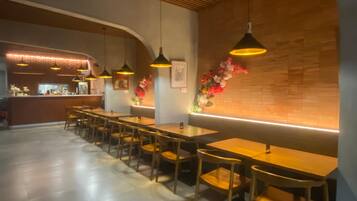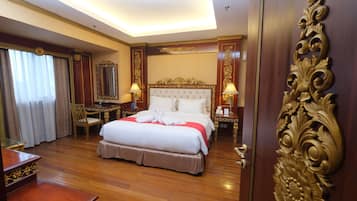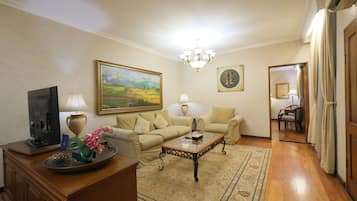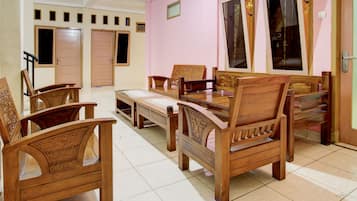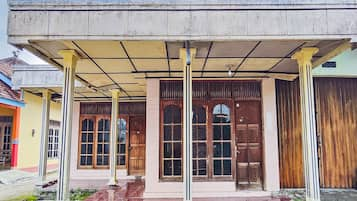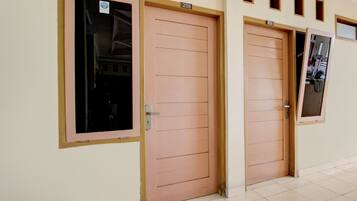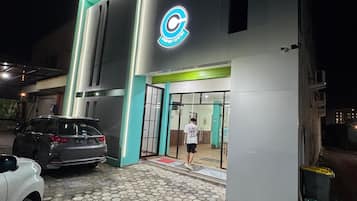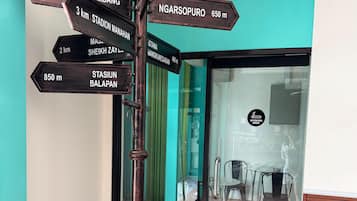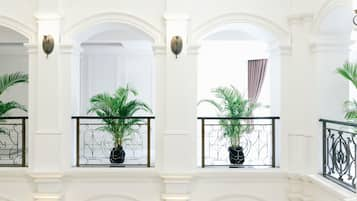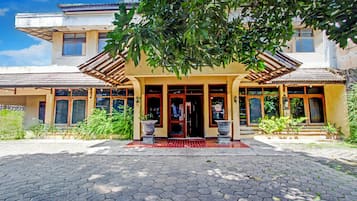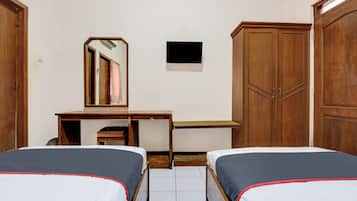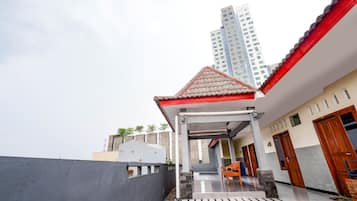Foto von Sharrie Shaw
Hotels | Innenstadt von Solo, Surakarta
- Und wenn du deine Meinung änderst?Ganz einfach: Buche Hotels mit kostenloser Stornierung.
- Sei ruhig wählerischStöbere in fast einer Million Unterkünften auf der ganzen Welt.
Probiere es mit einer anderen Unterkunft als sonst in Innenstadt von Solo
Überprüfe die Preise für diese Daten
Heute
Morgen
Nächstes Wochenende
In zwei Wochen
Innenstadt von Solo – unsere Top-Auswahl an Hotels
Der Preis beträgt CHF 8
inkl. Steuern & Gebühren
14. Dez.–15. Dez.

7.8 von 10, Gut, (15)
Der Preis beträgt CHF 14
inkl. Steuern & Gebühren
14. Dez.–15. Dez.
Der Preis beträgt CHF 10
inkl. Steuern & Gebühren
14. Dez.–15. Dez.

The Royal Surakarta Heritage - Handwritten Collection
The Royal Surakarta Heritage - Handwritten CollectionInnenstadt von Solo
8.4 von 10, Sehr gut, (165)
Der Preis beträgt CHF 29
inkl. Steuern & Gebühren
17. Dez.–18. Dez.
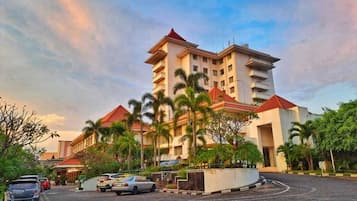
7.2 von 10, Gut, (24)
Der Preis beträgt CHF 21
inkl. Steuern & Gebühren
14. Dez.–15. Dez.
Dies ist der niedrigste Preis pro Nacht, der in den letzten 24 Stunden für einen Aufenthalt mit 1 Übernachtung von 2 Erwachsenen gefunden wurde. Preise und Verfügbarkeiten können sich ändern. Es können zusätzliche Bedingungen gelten.
Unterkünfte in Innenstadt von Solo
Entdecke, welche Viertel in Innenstadt von Solo sich am besten für die Aktivitäten eignen, die du am liebsten machst. Mehr zu Innenstadt von Solo
Mehr zu Innenstadt von Solo
Banjarsari
Während deines Besuchs in Banjarsari solltest du Sehenswürdigkeiten wie Solo Paragon Lifestyle Mall und Balekambang-Park einen Besuch abstatten.
Innenstadt von Solo: Top-Hotelbewertungen
Entdecke eine Welt voller Reisen mit Expedia
Häufig gestellte Fragen
Reiseziele in der Nähe von Surakarta
Die beliebtesten Hotels in Innenstadt von Solo
Mehr Möglichkeiten zum Buchen
Neueste Trends bei Expedia
Hotels
Flüge
Ferienunterkünfte
![At the museum no photos are allowed which is really unfortunate as it was well worth the visit and the guided tour is definitely not to be missed. In the museum there are even Batik made from the Dutch era which depicts stories like Little Red Riding Hood and Snow White!
I enjoyed the tour v much and at the end of the tour we were brought to this room where the artisan were working on hand drawn batik.
Below is an excerpt from Wikipedia for anyone interested in learning more about the process of batik making.
Firstly, a cloth is washed, soaked and beaten with a large mallet. Patterns are drawn with pencil and later redrawn using hot wax, usually made from a mixture of paraffin or bees wax, sometimes mixed with plant resins, which functions as a dye-resist. The wax can be applied with a variety of tools. A pen-like instrument called a canting (IPA: [tʃantiŋ], sometimes spelled with old Dutch orthography tjanting) is the most common. A canting is made from a small copper reservoir with a spout on a wooden handle. The reservoir holds the resist which flows through the spout, creating dots and lines as it moves. For larger patterns, a stiff brush may be used. Alternatively, a copper block stamp called a cap (IPA: [tʃap]; old spelling tjap) is used to cover large areas more efficiently.
After the cloth is dry, the resist is removed by scraping or boiling the cloth. The areas treated with resist keep their original color; when the resist is removed the contrast between the dyed and undyed areas forms the pattern. This process is repeated as many times as the number of colors desired.
The most traditional type of batik, called batik tulis (written batik), is drawn using only the canting. The cloth need to be drawn on both sides and dipped in a dye bath three to four times. The whole process may take up to a year; it yields considerably finer patterns than stamped batik.
Source: Wikipedia](https://images.trvl-media.com/place/6224808/26fd1460-c65a-4c1a-9444-7a893e883ac9.jpg?impolicy=fcrop&w=1200&h=500&q=medium)
